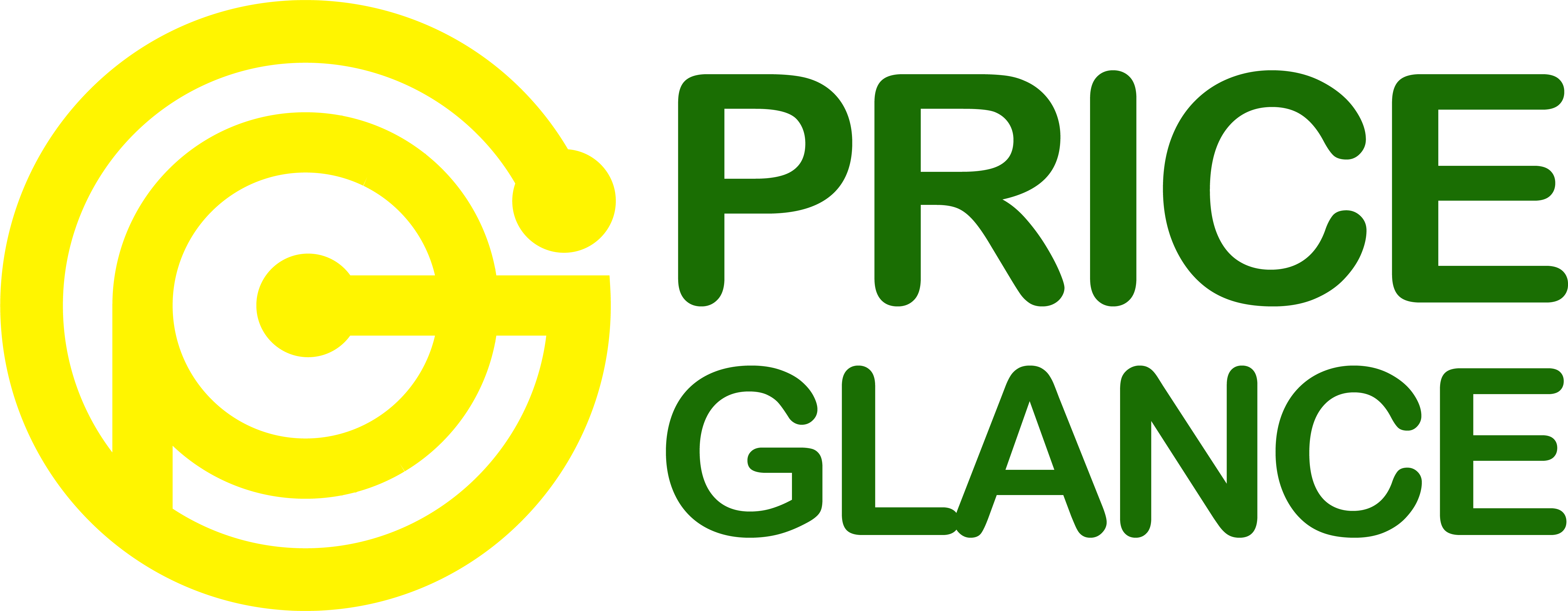
In the era of digitization and fierce competition, the ability to adapt to market dynamics and price fluctuations is a decisive factor for a business’s success, maintaining a competitive edge requires a deep understanding of market dynamics, pricing strategies, and consumer behavior. Nine out of ten shoppers compare prices before making online purchase decisions. This compels brands and retailers to monitor their competitors’ prices and optimize their product pricing accordingly.
Why is Dynamic Pricing Strategy Important?

Dynamic Pricing Strategy Is Important
A fundamental truth in today’s business landscape is that most consumers compare prices before deciding to purchase a product or service. With the inundation of online information, they easily access information about products and prices from multiple sources. This poses a significant challenge for businesses, forcing them to grasp a firm understanding of market dynamics, pricing strategies, and changes in consumer behavior online shopping.
The Dynamic Pricing Strategy Process
Competitor Price Analysis: The process begins with a careful examination of your competitors’ pricing. This helps you gain a clearer understanding of how you price your products compared to the market, laying the groundwork for a more competitive pricing strategy.

Provides valuable insights into how your pricing compares to that of your rivals and helps you make informed pricing decisions.
Flexible Pricing: One of the major advantages of dynamic pricing is the ability to set flexible prices. You can adjust product or service prices based on factors like time, special events, or depending on the level of competition on a given day. This enables you to capitalize on opportunities to maximize profits when demand is high.
Competitor Monitoring: To succeed with a dynamic pricing strategy, you need to continuously monitor and analyze your competitors’ prices. Price monitoring tools and software can assist in capturing competitive information and making data-driven decisions.
Customer Segmentation: Utilize dynamic pricing to segment your customer base and offer appropriate pricing for each customer group. You can provide discounts or special offers to different customer segments, enhancing satisfaction and boosting sales.
Tool Crawl Data: Data analytics plays a crucial role in implementing dynamic pricing. By collecting and analyzing data on customer shopping behavior, you can predict trends and opportunities. Data analytics tools help you gain a deeper understanding of how price changes can impact profitability and sales.
Continuous Optimization and Adaptation:
Dynamic pricing is an ongoing process. Market dynamics and consumer behavior change, so you need to continuously assess and optimize your pricing strategy. This includes updating pricing variables, adjusting customer segmentation, and utilizing data analytics to ensure that your strategy always reflects the current market landscape.
Conclusion:
Dynamic pricing is a powerful tool in the hands of businesses to optimize profitability and deliver value to customers. By implementing appropriate strategies and tools, you’ll realize that pricing is not merely about setting a number but rather a comprehensive strategy that supports the success of your business.
